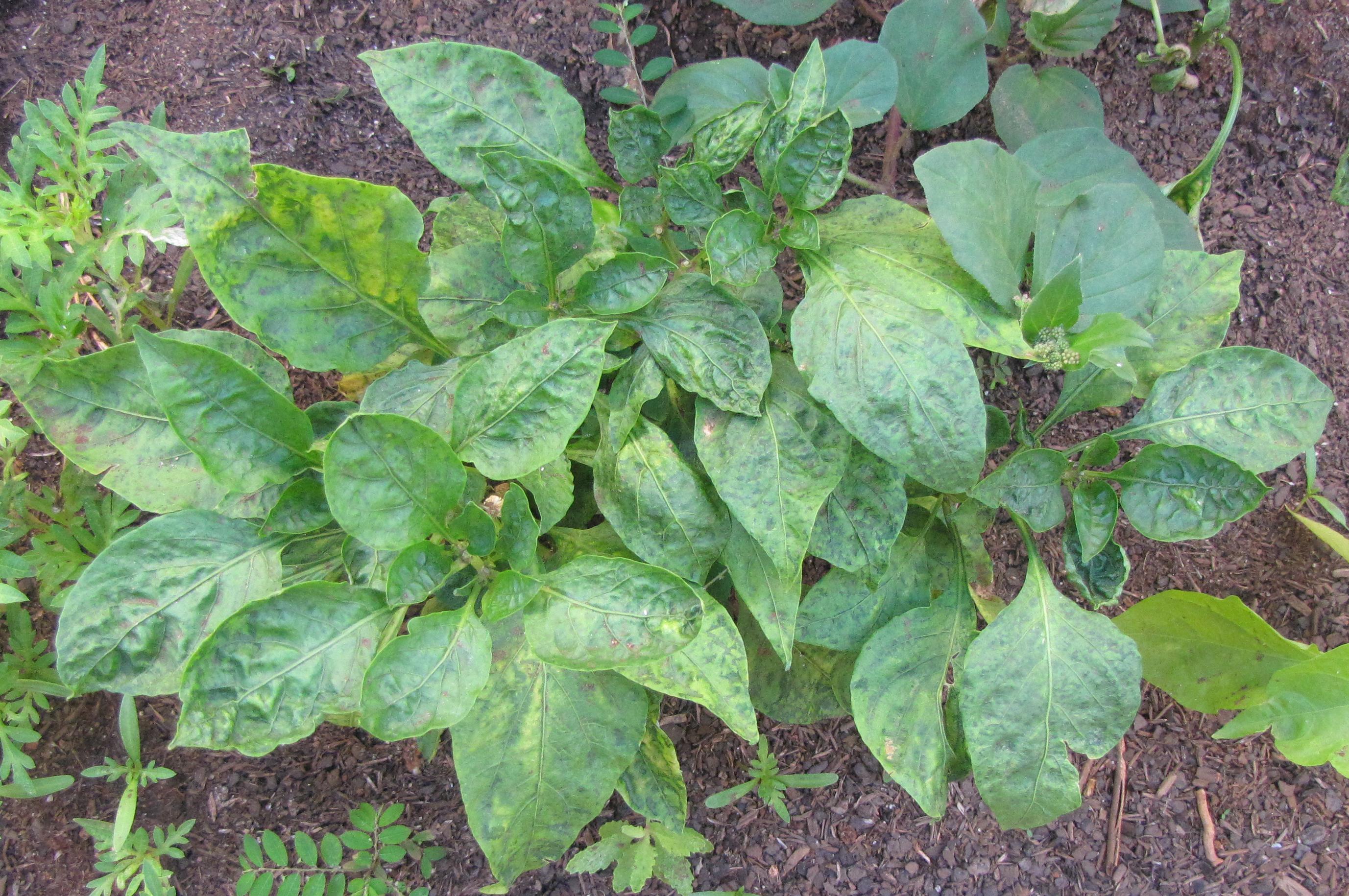
Spotted wilt virus
Tomato spotted wilt virus
Also Known As - Tomato spotted wiltWhat is Spotted wilt virus (Tomato spotted wilt virus)?
Tomato spotted wilt virus (TSWV) is a plant virus transmitted by western flower thrips (Frankliniella occidentalis), onion thrips (Thrips tabaci), and chili thrips (Scirtothrips dorsalis). It affects crops like tomatoes, peppers, and tomatillos and has a wide distribution. Symptoms vary depending on the plant and infection stage but commonly include wilting, necrotic spots on leaves, brown ringspot on fruit, and calico patterns. Effective management of TSWV is crucial to prevent yield losses, especially in environments with susceptible plants and thrips vectors.
How does Spotted wilt virus (Tomato spotted wilt virus) occur?
Tomato spotted wilt virus (TSWV) reproduces and spreads through a combination of insect vector transmission and replication within host plants. Thrips insects acquire the virus by feeding on infected plants. Once inside the thrips, the virus replicates and can be transmitted to healthy plants during subsequent feeding. Within the host plant, the virus replicates and spreads systemically, infecting various tissues. This reproductive cycle allows TSWV to persist and spread, leading to the development of symptoms and potential damage to susceptible plant species.
Symptoms
1 - Effects on Plants
TSWV infection causes wilting, necrotic spots, fruit ringspot, and stunted growth. Plants suffer reduced vigor, yield losses, and diminished crop quality as a result, impacting their overall health and productivity.
2 - Effects on Environment
Its broad host range influences plant diversity and community dynamics, altering the composition of plant populations in affected areas.
Solutions
1 - Cultural Practices and Field Management
• Resistant Varieties: Opt for varieties containing the Sw-5 gene, known for their resistance to TSWV. • Virus- and Thrips-Free Transplants: Source transplants from reliable suppliers to ensure they are free from TSWV and thrips. • Planting Distances: Avoid planting near infected crops or weed reservoirs to reduce the risk of virus transmission. • Regular Monitoring: Monitor fields regularly for thrips presence and TSWV symptoms to take prompt action if detected. • Weed Control: Implement effective weed management to minimize virus reservoirs in and around fields.
2 - Thrips Control and Vector Management
• Thrips Management: Implement targeted insecticide applications to control thrips and reduce virus transmission. • Biological Control: Consider biological control methods to reduce thrips populations. • Reflective Mulches and Row Covers: Use reflective mulches or row covers as physical barriers to deter thrips. • Removal of Infected Plants: Promptly remove and destroy infected plants to limit virus spread. • Promote Beneficial Insects: Encourage beneficial insects like predatory mites and parasitic wasps to naturally regulate thrips populations.
3 - Integrated Pest Management (IPM) Approach
• Adopt an integrated approach combining preventive measures, monitoring, and targeted treatments. • Utilize cultural practices, such as crop rotation and trap crops, to disrupt the virus and thrips lifecycle. • Implement regular scouting and use economic thresholds to guide control decisions. • Educate and train farmers on TSWV identification and management strategies. • Promote overall plant health through proper nutrition and irrigation practices.
